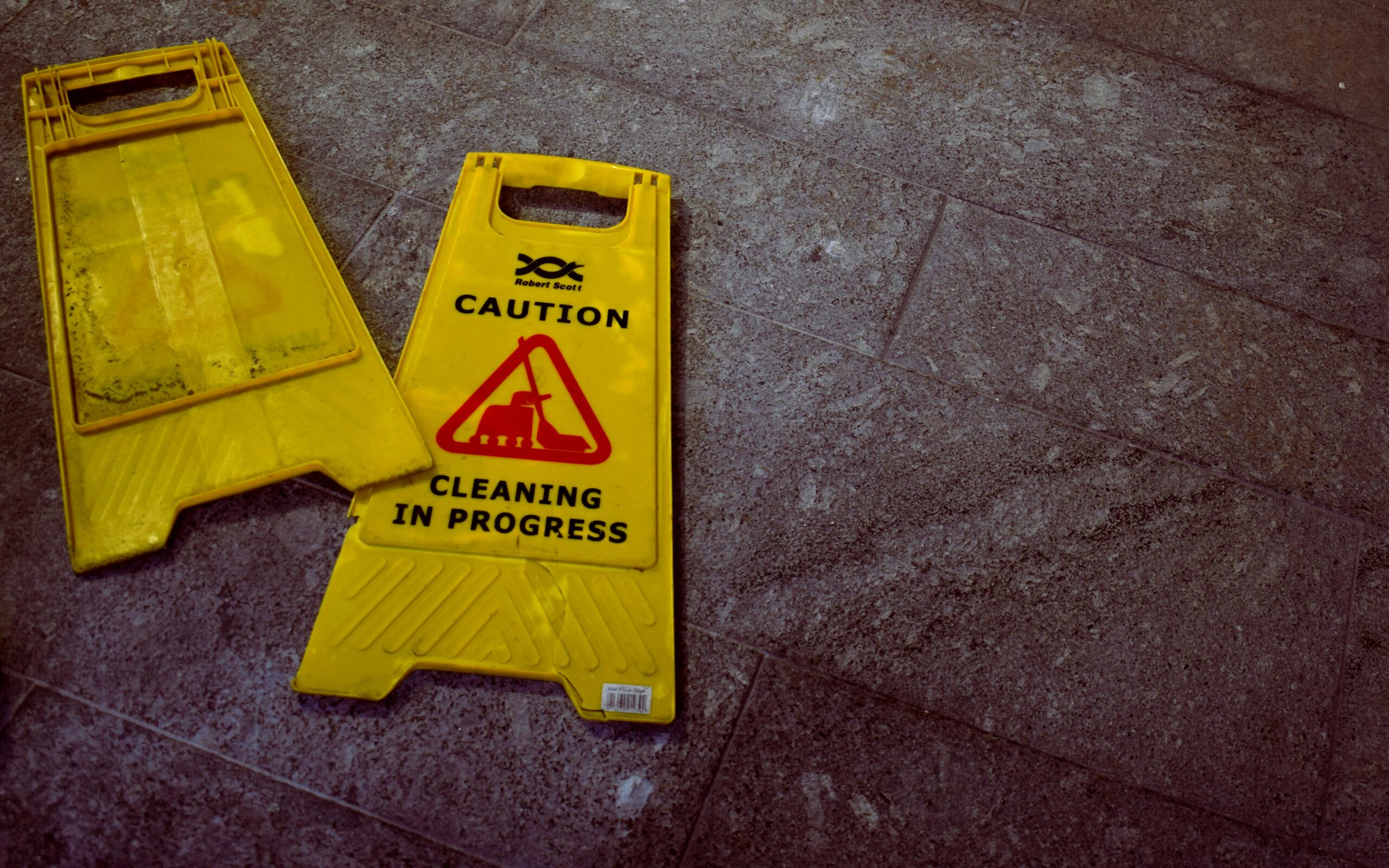We recently spoke to Wendy Roberts of HR Connected to get her thoughts on the sexual assault allegations making headlines at the moment, as well as what employers can do to keep their team members safe at work…
As someone working in the corporate world during the 1990s, I’ve witnessed so much inappropriate behaviour that barely raised an eyebrow, let alone a sexual harassment complaint. From posters of ‘Page 3’ models on display to lists of the hottest female employees circulated around the office, it was common practice.
Thankfully, attitudes have changed, and for all the right reasons – but that isn’t to say these things don’t happen anymore. A recent BBC survey found that 40% of women and 18% of men have experienced unwanted sexual behaviour in the workplace.
When such allegations are brought to light against public figures – take Mohamed Al-Fayed, Sean ‘Diddy’ Combs, and Russell Brand as recent examples – people always say, “everyone knew it was going on”. So what stopped their colleagues, friends, and witnesses from speaking out? And what steps can we take to ensure no one ever stays silent about harassment?
- Understand what constitutes sexual harassment
First, it’s important to promote awareness around what harassment legally means. According to the Equality Act 2010, someone’s actions amount to sexual harassment when the conduct is of a sexual nature and makes someone feel intimidated, offended, humiliated, degraded or creates a hostile environment for them. This may look like:
- Sexually explicit emails or text messages
- Unwanted sexual advances
- Sexual comments or jokes
- Displaying sexually graphic images
- Intrusive questions about a person’s private or sex life or a person discussing their own sex life
- Suggesting looks, staring and leering
- Contact of a sexual nature on social media
It doesn’t need to be intentional or sexually motivated to be classed as sexual harassment, and unwanted conduct can come from a person of the same or opposite sex.
- Know your employees’ rights to protection
Employers in Great Britain are required under the UK Worker Protection Act 2024 to take reasonable steps to prevent sexual harassment of workers in the course of their employment. It also empowers employees to report an employer to the Equality and Human Rights Commission (EHRC) for failing to take reasonable steps to prevent sexual harassment, regardless of whether or not an incident has taken place.
The EHRC has the power to take enforcement action against the employer, including investigating them, which may lead to the issue of an Unlawful Act Notice – requiring the employer to prepare an action plan to remedy and prevent further breaches of the Act. Furthermore, any employee that has faced harassment has the right to take their complaints to a tribunal, where compensation may be rewarded.
However, it’s important to clarify that the new duty to prevent doesn’t apply to sexist behaviour or discrimination based on the other protected characteristics.
- Develop and communicate a Sexual Harassment Policy
This should reiterate your company’s zero tolerance commitment to sexual harassment, as well as provide clear instructions for reporting incidents. This policy should also be distinguishable to other types of harassment.
When creating the policy, it’s good practice to engage with any recognised trade union or a group of workers to ensure their views are taken into account. And make sure to regularly review and update it in line with changing legislation.
- Engage your staff
Create as many opportunities as you can for employees to share their concerns. For example, offer an open-door policy to all staff, conduct regular one-to-ones, and gather information anonymously with staff surveys.
- Assess and reduce risks
It’s no longer good enough to write a policy, deliver some training and deal with complaints as they happen. Your preventative duty requires you to anticipate potential harassment scenarios and take proactive steps to mitigate them.
Conduct a thorough risk assessment, also considering the risks that third parties like customers, clients or contractors may pose to your staff. This risk assessment should establish factors that increase the likelihood of sexual harassment, for example:
- Where are the power imbalances?
- Are staff working alone at night?
- Are workers customer-facing?
- Are customers or staff drinking alcohol?
- Do staff socialise outside of work?
This will identify which steps it would be reasonable for you to take to reduce those risks and prevent sexual harassment occurring.
- Put clear reporting systems in place
Consider using an online or telephone-based reporting system to allow workers to raise an issue either anonymously or personally. This could be as simple and cost-effective as a Microsoft or Google Form.
Be sure to keep centralised, confidential records of all concerns raised and monitor those to identify any trends or commonalities.
- Conduct regular training
Everyone should be trained to understand sexual harassment, what sexual harassment in the workplace looks like, and what to do if they experience or witness it. If third-party harassment from customers is more likely, workers should also be trained on how to address these issues.
Ensure managers receive extra training around complaint handling, leadership, and the legal process that follows a sexual harassment case. Remember to keep a record of all training attendance, and regularly review the effectiveness of the training and offer refresher sessions.
- Take harassment complaints seriously
Act immediately, respect confidentiality, and follow policy. Regardless of whether the perpetrator works in-house or for a third party, endeavour to come to a solution that the victim is comfortable with.
For example, this may mean the termination of a working partnership, disciplinary action for a staff member, or a matter that’s reported to the police.
Seek support from an expert
With legislation and employer guidelines constantly changing, it’s normal to have questions. If you would like support or further guidance to drive an action plan in response to your new duty to prevent sexual harassment, contact Wendy Roberts of HR Connected at wendy@hrconnected.co.uk.




